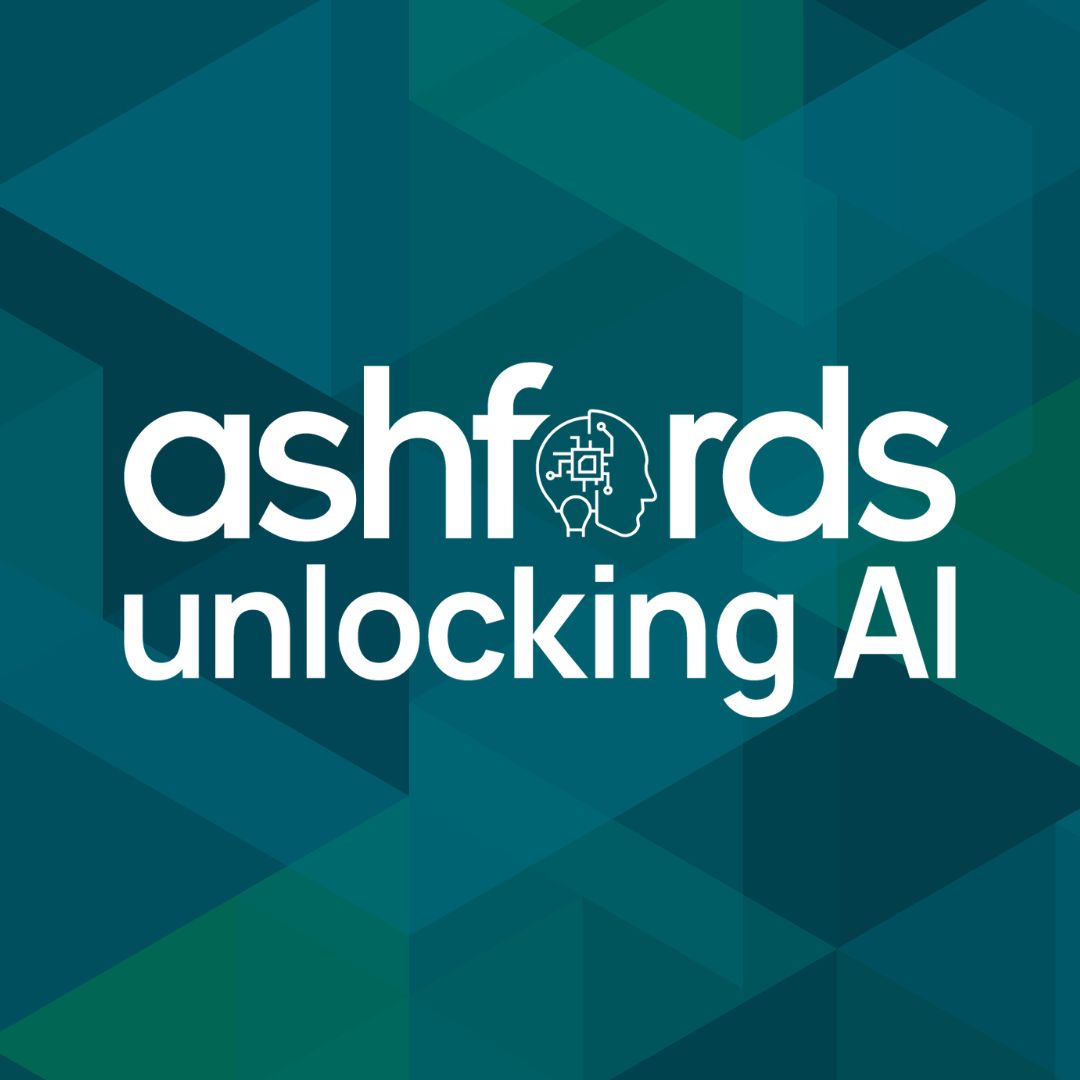There are many techniques and processes used across artificial intelligence (AI) systems, all of which are diverse and some much older than others. We’ve highlighted a handful of interesting examples, to help you understand how they work.
Natural language processing (NLP) is the discipline of developing computer systems that understand and manipulate human language, via processing and interpreting text input.
Computer systems that are able of capturing visual information using cameras and processing/analysing the digital data are known as machine vision. Think barcode reading, optical character recognition (OCR), signature identification, pattern/object recognition and medical image analysis.
Bayesian inference is a process that uses the mathematical probability theory, taking into account any uncertainties, to predict a future event. Probabilistic AI resembles how experts make decisions or solve problems when taking into consideration any unknown variables. The technology may or may not use machine learning.
Machine learning, a sub-set of AI, has taken off significantly thanks to the growth of computer power and the availability of big data.
It refers to a computer’s ability to learn and make decisions, without being explicitly programmed. There are 3 components to machine learning:
This is a computer system using multiple layers of artificial neural networks and learns from very large volumes of training data.
A sub-set of deep learning is generative AI – AI systems using raw data to generate new outputs (text, images, sound) that are not identical to the original data. Examples include ChatGPT, Dall-E or pathways language model (PALM) developed by Google AI, which can carry out various functions including arithmetic reasoning and joke explanation.
Large language models (LLM) use deep learning techniques to process large volumes of digital text. It doesn’t understand the meaning of the words but generates human-like text, as opposed to images or sound, using mathematical calculation.
This model be considered as a foundation model for various AI systems, such as generative AI or a natural language processing (NLP) system. Examples include autocompleting sentences, proofreading documents, automating software development or summarising a large body of text.
Fun fact: There is a fascinating programme called BLOOM - which can generate text in almost 50 natural languages!
If you are interested in how AI will change business and the law, visit and bookmark our Spotlight AI hub for more AI insights. The Hub brings together commentary from Ashfords’ experts, our clients and our contacts across a wide range of areas; looking at how AI might impact as its use evolves.
Please do also get in touch if there are any specific areas related to AI that you’d be interested in hearing more about.
Visit our AI spotlight area